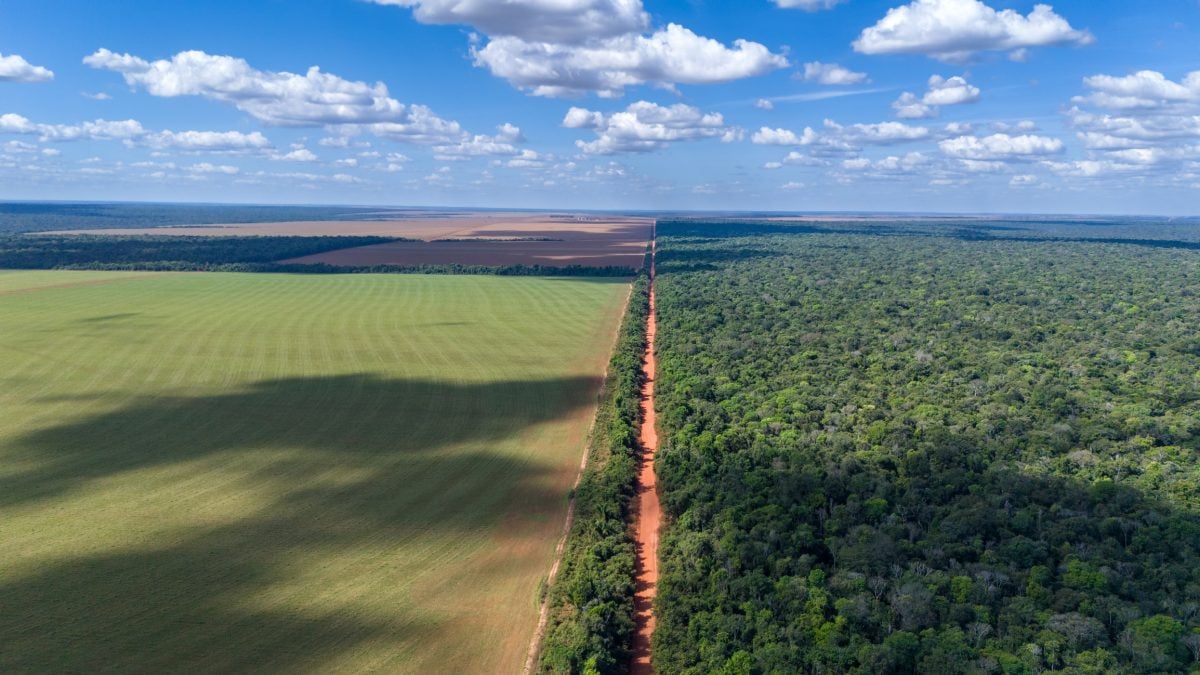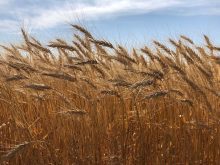The Canadian Grain Commission will change its standard samples for mildew in No. 1 and No. 2 wheats, and drop it as a grading factor for No. 3 wheats, effective this summer.
The CGC on Monday laid out a list of changes to its grain grading policies and standards for wheat, canola, peas, beans and mustard to take effect for the 2022-23 crop year — all starting Aug. 1 except where noted below.
For Canada Western Red Spring (CWRS) and Canada Western Red Winter (CWRW) wheats, new mildew standard samples take effect for the No. 1 and No. 2 grades effective Aug. 1, and for No. 1 and 2 Canada Eastern Red Spring (CERS) effective July 1.
Read Also

Soy trading firms to abandon Amazon protection pact in Brazil
Some of the world’s largest soybean traders are preparing to break their agreement to curb deforestation of the Amazon rainforest to preserve tax benefits in Brazil’s top farm state, two people with direct knowledge of the matter told Reuters.
For No. 3 CWRS, CWRW and CERS wheats, however, the previous mildew standards will no longer be used, as mildew “will no longer be a grading factor” starting in 2022-23.
For other grades of grain grown in Western and Easterm Canada, the uses of the last designated standard and print samples are recommended for designation for the 2022-23 crop year, the CGC said.
For No. 1, No. 2 and No. 3 Canada canola, effective Aug. 1, tolerance for inconspicuous admixture will be cut from five per cent to one per cent.
“Inconspicuous admixture” in canola refers to seeds such as common wild mustard, domestic oriental and brown mustards and brown carinata — none of which are “readily distinguishable” from canola.
The CGC uses microscopes when analyzing canola samples to measure that percentage of admixture by weight.
For No. 1, No. 2 and No. 3 Canada domestic mustard, meanwhile, the CGC is changing its tolerance for excreta — that is, excrement from any animal, including mammals, birds or insects — to 0.01 per cent, rather than the current measure of one “kernel-size piece” per 500 grams. That change also takes effect Aug. 1.
For No. 2 Canada green peas, the CGC will raise its tolerance on splits to three per cent, up from one per cent, effective Aug. 1.
Highest-grade beans
The CGC is also changing up the grading eligibility for beans: starting Aug. 1, only Canadian Food Inspection Agency (CFIA)-registered varieties of coloured beans will be eligible for the “highest statutory grades” for beans in Canada.
“Coloured beans” for the purpose of this rule include but aren’t limited to black beans, cranberry beans, pinto beans, red kidney beans, red Mexican beans and yellow eye beans.
CFIA in previous years had granted temporary exemptions from variety registration requirements and the CGC had allowed non-registered bean varieties to be eligible for the highest grade. The two agencies had those exemptions in place until now so farmers “could take advantage of new varieties of coloured field beans that were not yet registered.”
On an unrelated grading policy change for Extra No. 1 Canada beans, the commission will also redefine “good natural colour” effective Aug. 1 to state that eligible beans “may be slightly dull, slightly immature or have very lightly adhered soil.” — Glacier FarmMedia Network
















